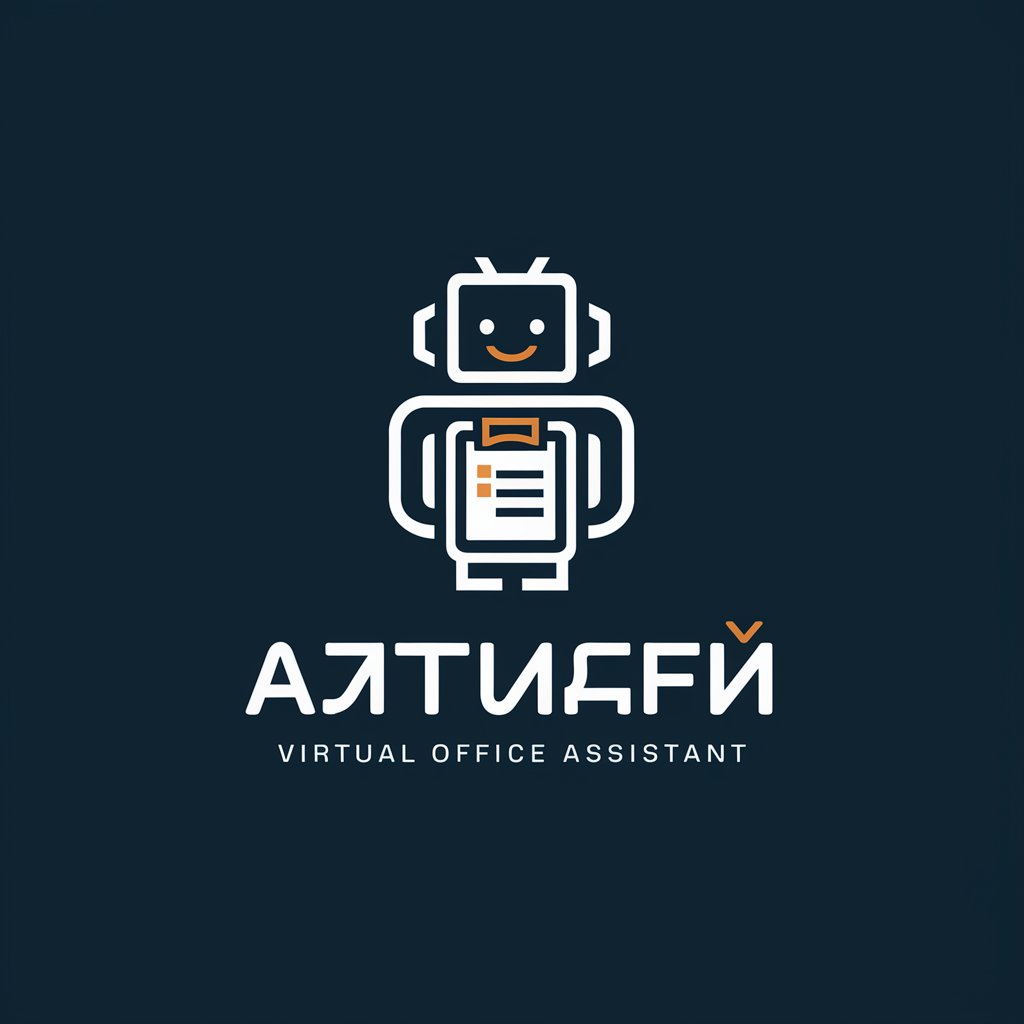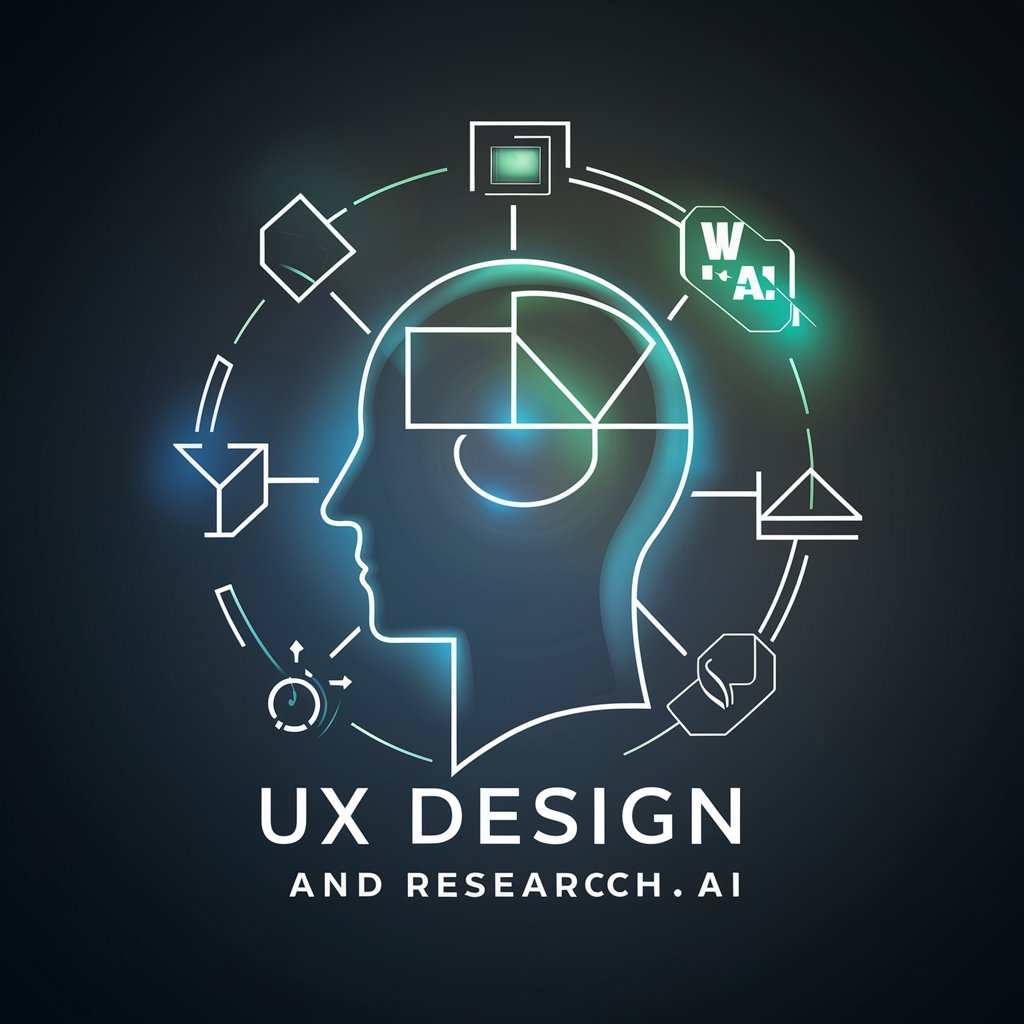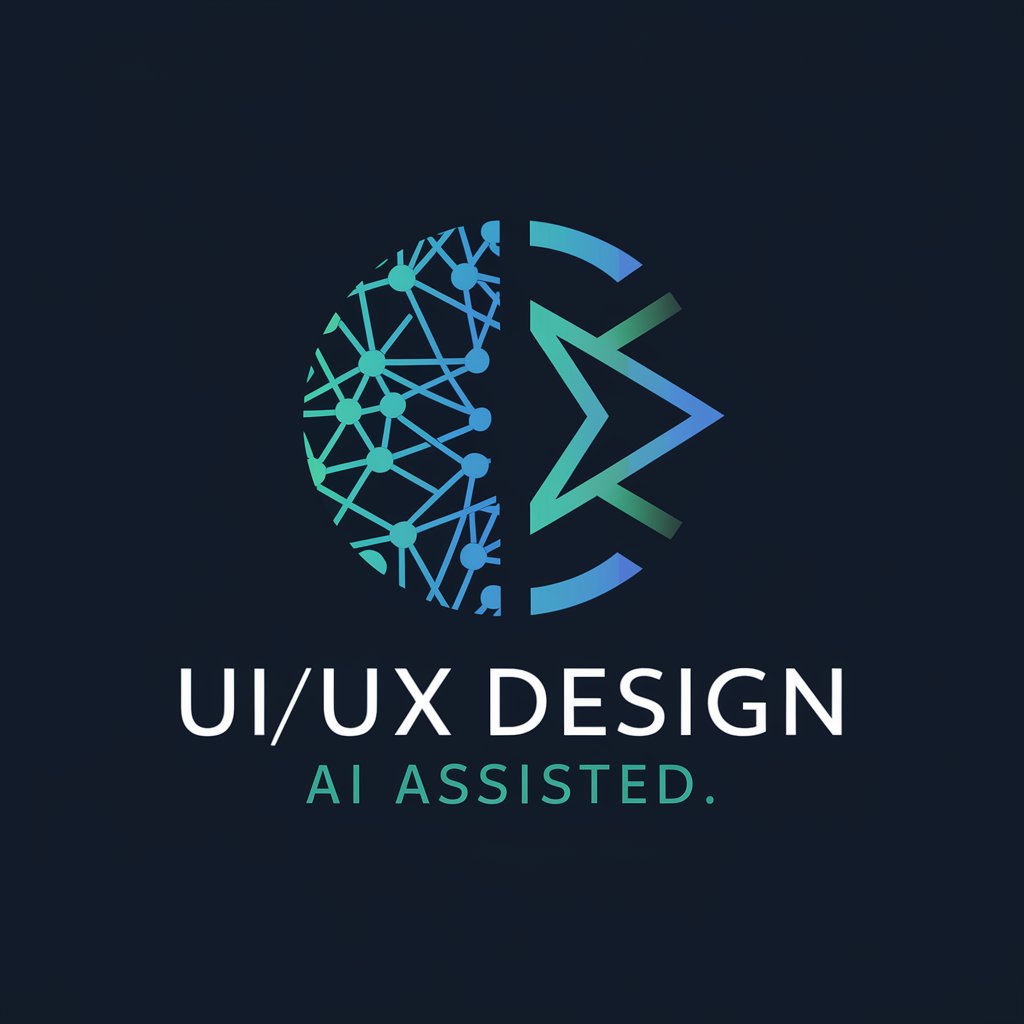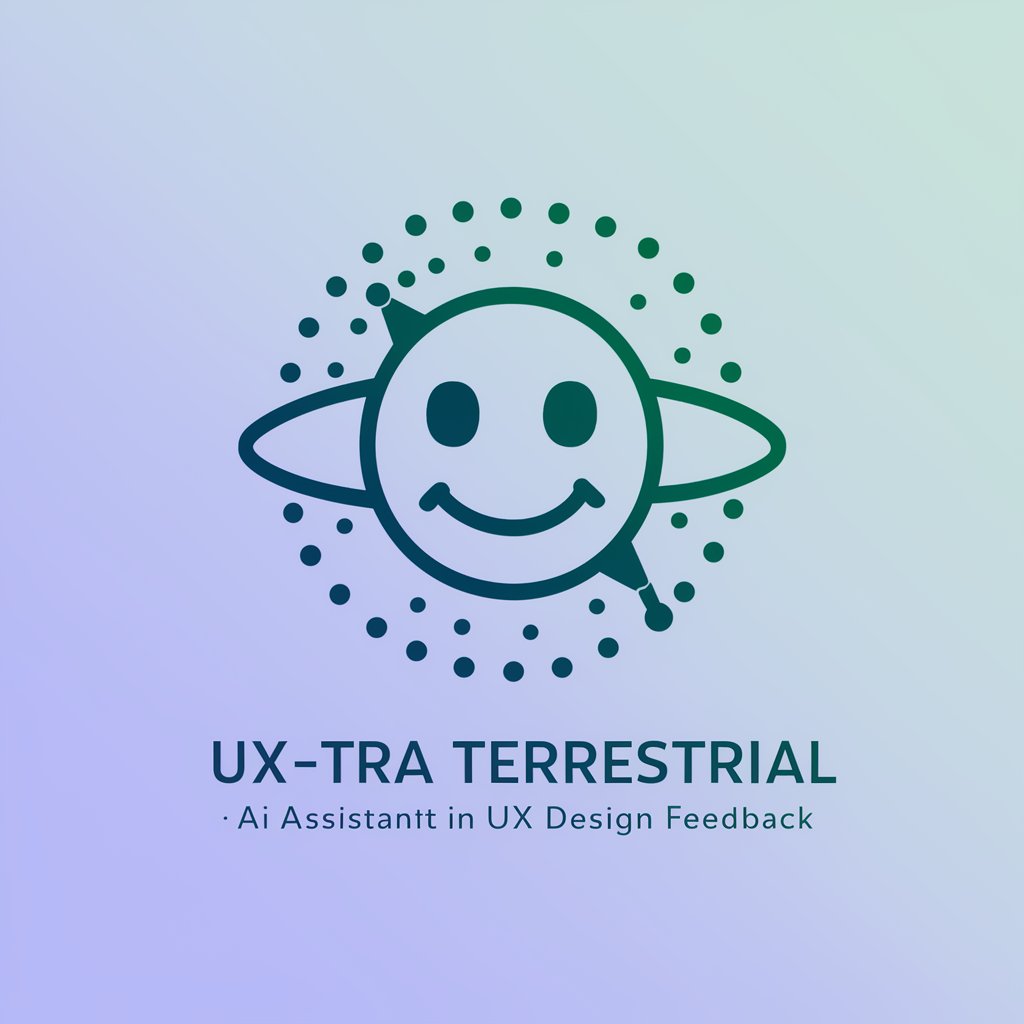
UX and AI - UX AI Enhancement
Empower UX with AI insights
Ask me questions about AI and UX
get started
Get Embed Code
Introduction to UX and AI
UX and AI integrate to create user experiences that are not only intuitive and engaging but also intelligent and responsive. This fusion leverages AI's capabilities to enhance user understanding, automate interactions, and personalize experiences, while UX principles guide the design to be user-centric. For example, an AI-powered chatbot designed with UX principles can provide users with efficient and natural interactions, predicting their needs and offering solutions in real-time. Powered by ChatGPT-4o。

Main Functions of UX and AI
Personalization
Example
E-commerce recommendations
Scenario
AI analyzes user behavior and preferences to tailor product suggestions, improving the shopping experience and increasing engagement.
Automated User Support
Example
AI chatbots in customer service
Scenario
AI chatbots handle inquiries, offering immediate assistance and freeing human agents for more complex issues, enhancing service efficiency.
Content Optimization
Example
Dynamic website content
Scenario
AI adjusts website content based on user interaction patterns, making the content more relevant and engaging for each visitor.
Ideal Users of UX and AI Services
E-commerce businesses
These businesses benefit from personalized recommendations and customer insights, enhancing user engagement and sales.
Service providers
Organizations offering customer support can leverage AI for automated responses, improving service speed and customer satisfaction.
Content creators and marketers
They utilize AI to optimize content delivery and analyze user engagement, tailoring marketing strategies for better outcomes.

Utilizing UX and AI
Initiate a Free Trial
Begin by visiting yeschat.ai for a complimentary trial that doesn't require logging in, allowing immediate access to the platform's capabilities without the necessity for ChatGPT Plus.
Understand the AI Capabilities
Familiarize yourself with the AI's ability to understand, reason, learn, and interact. Recognize its potential to enhance human decision-making and problem-solving through advanced data analysis and natural language processing.
Identify Your Needs
Clearly define what you aim to achieve with UX and AI. Whether it's improving customer experience, automating tasks, or generating insights, having a clear objective will guide the effective use of AI technologies.
Engage with the AI
Start interacting with the AI system. Use it for your specified tasks, and pay attention to its responses. Adjust your queries based on the feedback received to refine the results and improve interaction.
Evaluate and Adapt
Continuously assess the AI's performance against your goals. Be prepared to adjust your strategies and explore different AI functionalities to fully harness its potential in achieving your objectives.
Try other advanced and practical GPTs
Vetonline A.I. Revolution
Revolutionizing Pet Care with AI

Revolution Historian
Unveiling history with AI-powered precision

Matchmaker Revolution
Elevate Your Dating Experience with AI
업무 자동우미
Streamlining Office Tasks with AI

Code.IT Mentor Public Edition
Empowering your IT journey with AI

Codewit
Elevate Your Web Projects with AI-Powered Insights

Careful Writing Assistance
Elevate Your Writing with AI-Powered Precision

EditBot Pro
Enhance Your Writing with AI

ABSiS..
Empowering creativity and efficiency with AI.

Swiftin En Basit Hali
Master Swift Programming with Ease

Oasis Tune
Elevating Meditation with AI

Public Procurement Basics
AI-powered Public Procurement Assistant

Frequently Asked Questions About UX and AI
What is the relationship between UX and AI?
UX and AI intertwine to create intuitive, efficient, and personalized user experiences. AI's capabilities, such as understanding and learning, can be leveraged to anticipate user needs and automate interactions, enhancing overall UX.
How can AI improve UX design?
AI can analyze large datasets to identify patterns and insights, informing UX designers about user behaviors and preferences. This data-driven approach enables the creation of more relevant and customized user experiences.
What are some common applications of AI in UX?
AI applications in UX include chatbots for enhanced customer service, personalized content recommendations, user behavior prediction for improved interface design, and automated usability testing.
Can AI replace UX designers?
While AI can automate certain tasks and provide insights, it cannot replace the creativity, empathy, and strategic thinking provided by UX designers. AI tools serve as aids that enhance the design process, not replace it.
What are the challenges of integrating AI into UX?
Challenges include ensuring data privacy and security, avoiding biases in AI algorithms, maintaining transparency in AI operations, and designing AI interactions that are intuitive and respect user preferences.





